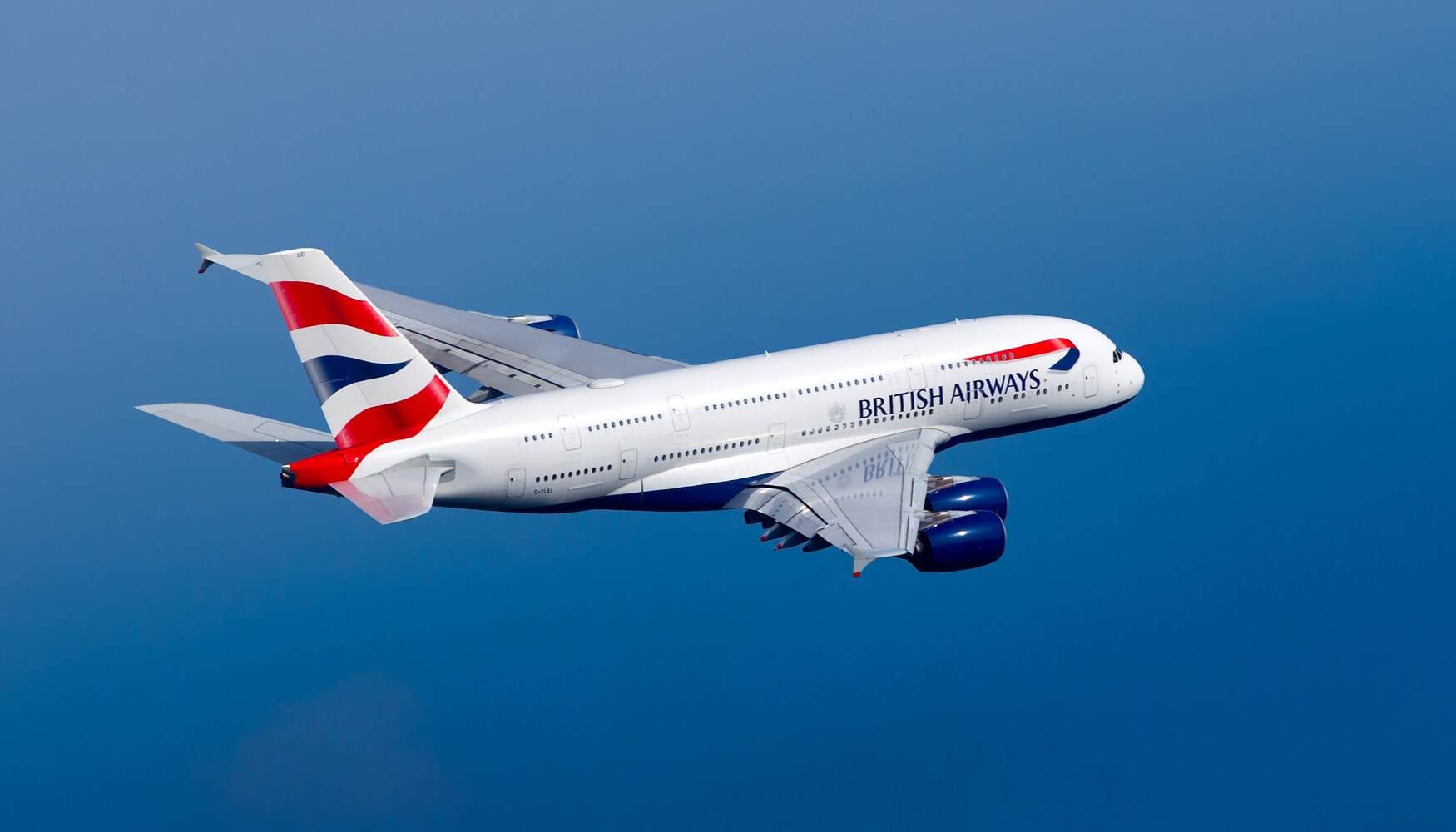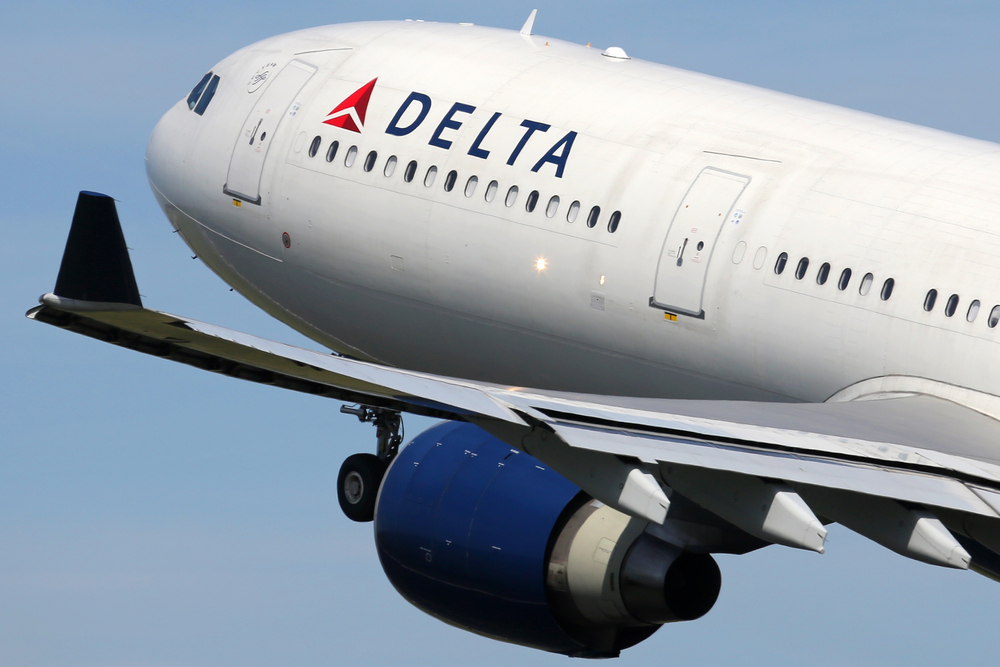Turbulence-Related Injuries on the Rise

Flying is starting to feel more like a wrestling match as turbulence-related injuries continue to rise.
Compared to 2015, the amount of injuries cabin crew or passengers on flights experienced from turbulence more than doubled in 2016. The Federal Aviation Administration announced Wednesday last week that last year, 44 injuries were reported – compared to only 21 in 2015.
“The airplane cabin can be a dangerous work environment for flight attendants,” Bob Ross, the president of the Association of Professional Flight Attendants, American Airlines’ crew union, told USA Today. “Clear-air turbulence is particularly problematic and a leading cause of flight attendant injuries. By its nature, it is difficult or impossible to predict. That is why we stress that passengers keep their seat belts on whenever they are seated and pay particular attention to crew member instructions during all phases of flight.”
Throughout 2016, the National Transportation Safety Board investigated turbulence incidents including a flight attendant with a fractured facial bone and cut cheek; a fractured vertebra; second-degree burns from a pot of hot water; a broken tibia; and a broken ankle.
“Airplanes have seat belts for a reason,” Sara Nelson, the Association of Flight Attendants-CWA’s president, told USA Today. “Turbulence is a serious threat in the air and it cannot always be predicted. It is one of the highest causes of serious on the job injury to flight attendants. The forces created in sudden clear air turbulence can throw bodies and unsecure items forcefully through the cabin much like the impact of a high-speed collision. If you are not strapped in and secure, it could be deadly.”
[Photo: Shutterstock]






















